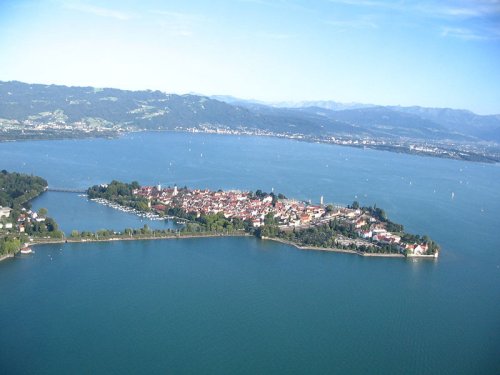By Michael Banks
Many physicists in the UK have spent the past six months fuming after the Science and Technology Facilities Council (STFC) announced an £80m shortfall in its budget late last year. The STFC said it would deal with the shortfall by pulling out of plans for the International Linear Collider and withdrawing from the Gemini telescopes in Hawaii and Chile. Numerous experiments in particle physics and astronomy also faced the axe or severe cuts.
Stunned by the reaction from the community, the STFC quickly set up a consultation with physicists, the final outcome of which was due to be announced at a meeting with physicists and the media at the Royal Society in London yesterday. In fact, the STFC told the media of its plans last week, although I still decided to attend the meeting as I knew that STFC chief executive Keith Mason, science-board chair Peter Knight and John Womersley director of science programmes at the STFC would all be there.
But what could have turned out to be a lively debate into how the £80m black hole in the budget of the STFC occurred ended up as a rather drab affair. Generally, members of the physics community were pleased with how the consultation process went and had even accepted that some projects would sadly have to face the axe. Indeed, almost all physicists who asked a question began by praising the STFC into how it conducted the consultation period.
Any chance of a surprise announcement at the meeting had of course vanished due to last week’s unveiling of the final programmatic outcome. The STFC had decided that some projects that had faced the funding axe would now be saved, including the e-MERLIN project – containing the Jodrell Bank observatory. In other words, the community and media already knew what projects were going to be funded.
What was bizarre for me and other members of the media is that we were prevented from asking any questions in the open session because there was going to be time to do so afterwards in a separate session for journalists. However, this session never materialised, and when I went and asked an STFC spokesperson what happened to the media session I was told that as the outcome had been made public last week, there was no need for one!
It was a shame that the media were not given the chance to ask questions with the community present. Instead we had to approach Mason, Knight and Womersley to quiz them at the end of the meeting as they were preparing to leave.
I myself had wanted to ask Mason about the Gemini project. I am still intrigued to know how and by whom that decision was made early in March to pull UK involvement in the project completely. Not only would this have been a scientific loss, but also would have meant a financial loss as the UK has put around £35m into the 8m class telescopes based in Hawaii and Chile. Additionally, the UK would also have induced a financial penalty for pulling out.
Both these points must have been known to the management of STFC. In the final outcome, the UK has now been reinstated as a full member in the Gemini consortium, but will sell 50% of its observing time to other members.
There was a change of tune within the community from the hostilities earlier in the year. Both parties are probably thinking that damage is now being done to the image of physics not only in the UK but internationally as well.
Possibly one of the most outspoken critics of STFC, Michael Rowan Robinson from Imperial College London, former president of the Royal Astronomical Society, was pleased at how the STFC have listened to the community.
But, he added, “I am still saddened that we had to go through all that in the last eight months and damaged our international reputation. I still don’t understand why we went through it.”
The first words that came from Mason in response were, rather discouragingly, “I don’t either.”

